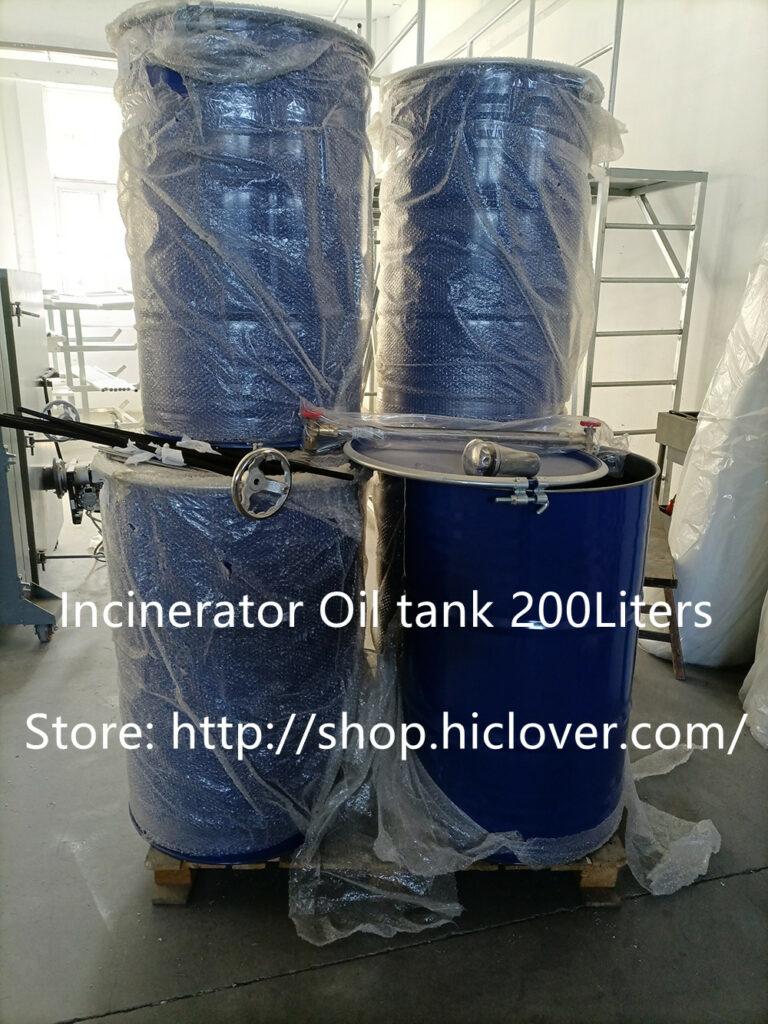Incinerators are an essential part of waste management systems, helping to dispose of a wide range of materials safely and efficiently. However, the design and construction of incinerators must adhere to strict standards and regulations to ensure their safe and effective operation. Meeting ISO requirements is crucial for incinerator manufacturers, as compliance with these standards not only ensures the safety of the incinerator but also helps to build trust with customers and regulatory bodies.
ISO (International Organization for Standardization) has developed a set of standards specifically for the design and construction of incinerators, known as ISO 15204. These standards cover a range of aspects including emissions control, operational safety, and efficiency, and are designed to ensure that incinerators meet environmental and health and safety requirements.
One of the key requirements in ISO 15204 is the control of emissions from the incinerator. Incinerators are designed to combust waste materials at high temperatures, but this process can produce harmful emissions such as greenhouse gases, particulates, and toxins. ISO 15204 sets limits on the emissions that incinerators can produce, and stipulates that incinerator designs must include effective measures for emissions control, such as scrubbers, filters, and monitoring systems.
In addition to emissions control, ISO 15204 also covers the design and construction of incinerators to ensure their safety and efficiency. This includes requirements for the materials used in the construction of the incinerator, the design of the combustion chamber and flue systems, and the provision of safety features such as gas detection systems and emergency shutdown procedures.
Meeting ISO requirements for incinerator design and construction involves a rigorous process of design, testing, and documentation. Manufacturers must ensure that their incinerators are designed to meet the specific requirements of ISO 15204, and then carry out thorough testing to demonstrate compliance. This may involve running the incinerator under different operating conditions to measure emissions and performance, and providing detailed documentation to prove that the incinerator meets the ISO standards.
Once an incinerator has been designed, tested, and documented to meet ISO requirements, manufacturers can then seek ISO certification for their product. This involves a third-party assessment of the incinerator’s design, construction, and performance, to verify that it meets the requirements of ISO 15204. ISO certification not only provides assurance to customers that the incinerator is safe and effective, but also helps manufacturers to build trust with regulatory bodies and government agencies.
In conclusion, meeting ISO requirements for incinerator design and construction is essential for manufacturers to ensure the safety, efficiency, and environmental performance of their products. ISO 15204 sets out strict standards for emissions control, safety features, and materials used in the construction of incinerators, and compliance with these standards is crucial for incinerator manufacturers to build trust with customers and regulatory bodies. By designing, testing, and documenting their incinerators to meet ISO requirements, manufacturers can demonstrate the quality and reliability of their products, and gain ISO certification to further validate their compliance.



